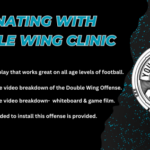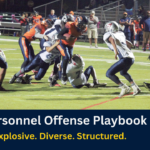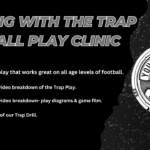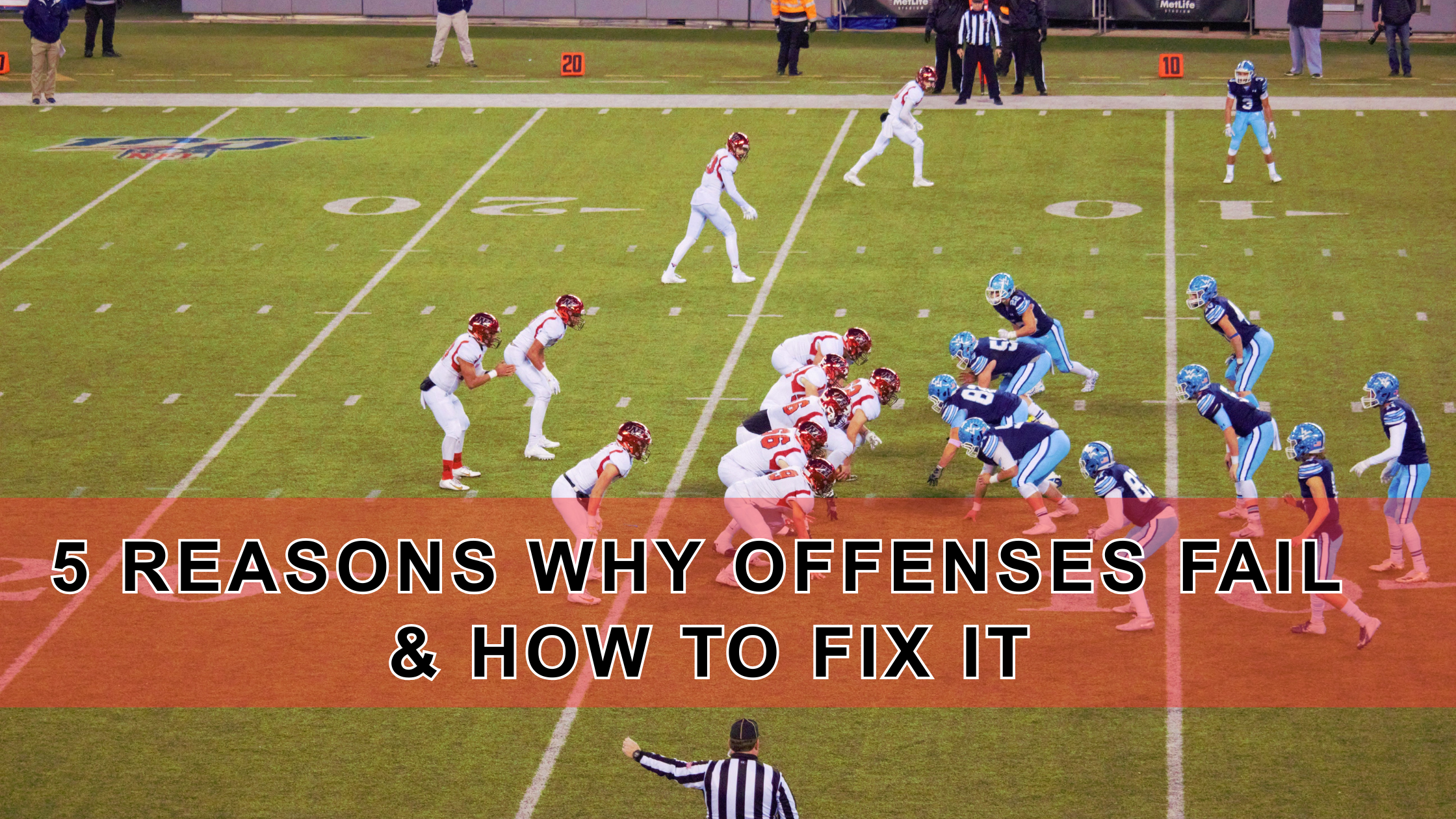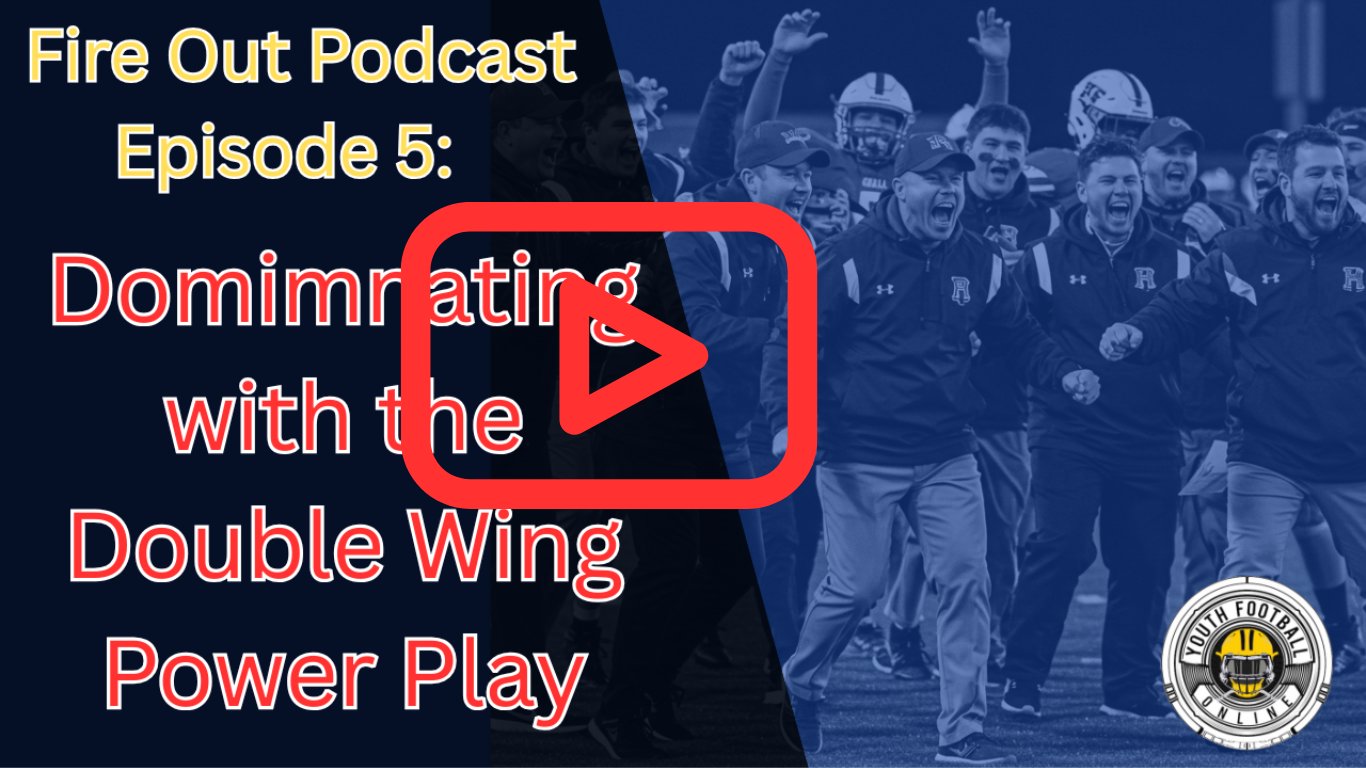Defending the Wing-T out of the 4-2-5 Defense
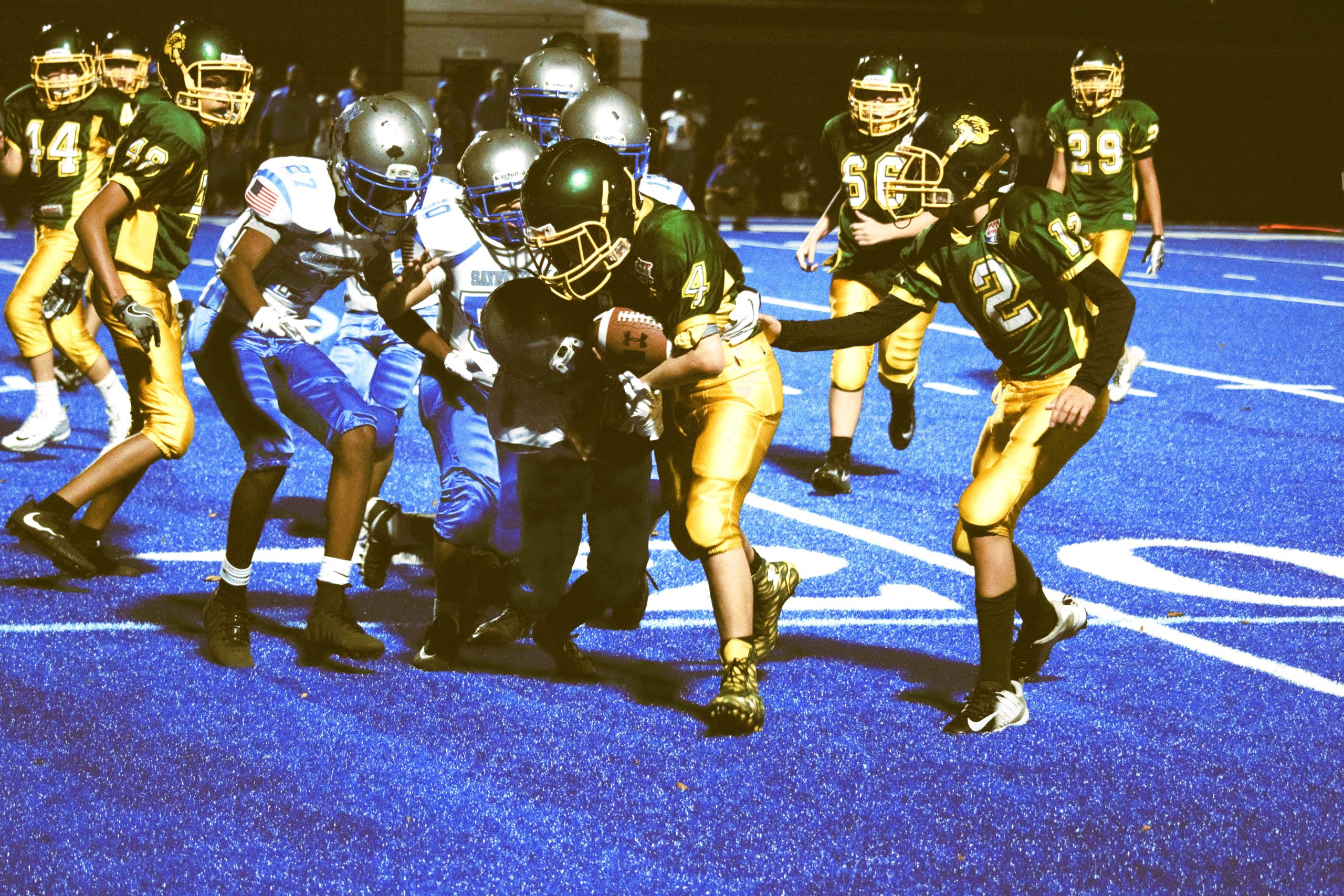
Since the Age of the Spread Offense one of the most unique offenses to defend has become the Delaware Wing-T. Teams around the country simply do not see the Wing-T as much as we used to 15 – 20 years ago. However, here in Southern New Jersey the Wing-T is alive and well. Many of our top programs still utilize the offensive system and it’s not going anywhere. Here’s a complete breakdown on Defending the Wing-T out of the 4-2-5 Defense.
In our league in South Jersey, we are forced to defend many different offensive systems that arrange from the Wing-T, Option, Multiple Pro, and the Spread. As defensive coaches, you need a defensive system that allows you to be flexible and able to defend the various offenses that we will see during the season.
The 4-2-5 allows you to be flexible enough to defend the various offenses that you will see over the course of the season. However, these simple coaching points can help you defend the wing-t out of any defense. This article is the culmination of 15 plus year playing and coaching against the wing-t offense. Many of these ideas are ideas that I have gathered over years of research from clinics, articles, videos, and many hours preparing for our wing-t opponents.
This article was originally drawn up before the popularity of the Gun-T but the principles still hold true for any Wing-T family.
See Also: Understanding the 4-2-5 Defense
Defending the Wing-T out of the 4-2-5 Defense
General Coaching Points
1 – Alignment – we must be lined up properly always. We will teach recognition based on surfaces and not formations against the Wing-T.
2- Eye Discipline – eyes on our keys always.
3 – Pursuit – relentless but proper pursuit. Our players must understand where they are supposed to “FIT” every play. C.R.C. (Counter, Reverse, Cut Back) is vitally important – you must identify your CRC players in your run fits. If not, you will be in for a long Friday Night with the Wing-T misdirection.
4 – Everyone must do his job!
5- Run Fits – this is an extension of good pursuit and basic gap responsibility. Our players cannot fill gaps blindly – they must understand where they fit based on flow and understand that gaps move once the ball is snapped.
6 – Anticipation – Teach your defense what they should anticipate from the wing-t surfaces- what can hurt them. Also teach anticipation when motion (3 Step or Jet) is coming to and away from them.
7 – Spill all runs by the DL and LB’s – make the runners go East & West – PULL calls by the ILB is vitally important.
8 – Tailgate Ball Carriers instead of getting into the hip pockets of pulling OL – we are looking for TFL’s. We have started to experiment with the cutting of the guards instead of tailgating but this has worked well for us in the past. Find what works for you and do it well.
9 – Controlling the Guards – Over the past seasons, we have experimented with taking out the guards on every play. At the very least, it’s important to control them and do not allow them free pulls or releases.
10 – DL Movement & Single Gap Blitzes – the biggest mistake against the wing-t is trying to do too much. I highly recommend using DL movements and single gap blitzes with your ILB to maintain gap integrity.
Formation Recognition
How will we teach our kids to recognize all the formations from the Wing-T?
1 – We will teach our kids to DEFEND surfaces and NOT formations.
2 – We will teach them what happens from each surface and in terms of flow to them and away from them.
Run Fit Terminology – will help with the diagrams later in the article.
Formation Alignment and Recognition
The absolute key to the defending the Wing-T is to line up properly and do NOT try and do too much. The Wing-T is an offense of multiple formations and deception with a relatively small number of plays. We focus from the start to line up properly and that comes with built in checks for your defense. I have always built my defense on how to line up from day one to trips, unbalanced, and empty formations. Many of the teams in our conference rely on unbalanced formations from the Wing-T.
Unbalanced Adjustment
Out of our 4-2-5, we have used our NOC or New Offensive Center rule. Once the defense recognizes the unbalanced formation – we adjust to the new offensive center and run the call in the huddle.
For the 3-4 defensive staffs out there, I have utilized a simple adjustment that had the Strong Safety (Rover) fix the numbers issue and the defensive front will slant to the unbalanced formations.
Stopping Belly from 100/900
This is a staple from the Wing-T teams that we will see every year. Teams will block this play differently but it’s an isolation play on the Will with three step motion from the Wing with an option fake from the QB. Over the years, we have learned that short sticking (Jamming the End – not a slant) the weak end into B gap has helped us to defend and spill the belly play. Our ILB’s are taught when they have the HB staring at them to make an auto-check to the end. If the end gets into B gap properly, the play will naturally bounce outside. Remember, we want to stop all north/south runs and force everything to go east/west.
The Bandit is taught to take his read step and do NOT fold in until the runner is even with him. If done right the FB will come to him. The ILB is taught to take on all lead blockers at their inside-half and force the spill as well. The Bandit also needs to be aware of the belly fake and the QB keep. In event of an option play, the short sticking of the weak side end causes a gap-exchange with the ILB and he must play the QB and the Bandit will have the pitch.
If you do not short stick your weak side end – it is essential that your Will meets the HB on his side of the LOS to spill the play to the Bandit. In our opinion, it is much easier to pinch or short-stick the DE into “B” gap now and spill the play.
Our Option responsibilities are based on our gap assignment – this is also taught from day one.
Stopping Buck Sweep from 100/900
The Buck Sweep is the universal play of the Wing-T and your defense must be able to stop this scheme. We used full line slants to the TE/WING to slow down the sweep but it comes down how are you going to control the guards and set the edge. We tried to cut the guards to keep them from getting to the point of attack. This will allow your ILB’s to flow freely and make tackles. If you can’t cut the guards, we also had success by allowing our DL to penetrate into the guards knocking them off their paths and making plays in the backfield. In the end, control the guards with any means possible.
It is also important that they communicate with each other. We use “PULL” calls to allow them to fit properly. The ILB must work together and “PULL” helps them to communicate and fit properly. We want our Rover to squeeze the down block and replace the wing and spill any puller. This will keep the running going east/west and deny the HB the opportunity to make the 90-degree cut that is vital in the buck sweep. But again, if the Rover does NOT spill the guard – the corner must fix him with an inside-out fit.
Stopping Waggle from 100/900
This is the basic play-action play from the wing-t off sweep action. In our Cover 3 scheme, we will defend it with the matching of patterns. Our Free-Safety will jump the drag and the corner will have the post route. The weak side corner with have the banana route on his own and the bandit will take care of the FB in the flat. Our rules for any QB roll-out will have our play side ILB force the QB and the Mike in this case will help with the drag from underneath the route. The Rover will have CRC rules and be aware of waggle screen to the HB faking the buck sweep. I did not draw the OL action since teams utilize one or both guards pulling in their protection – either way the principles to defend the play do not change.
See Also: The 4-2-5 Playbook for Youth Football
Conclusion
Regardless of your scheme there are universal truths in stopping the Wing-T offense. I hope you enjoy our Defending the Wing-T out of the 4-2-5 Defense article. Good luck this season.
- Don’t do too much – keep it simple.
- Limit blitzing and utilize DL movements to cause confusion up front.
- Control the Guards – allow your ILB’s to flow freely
- Line Up properly and teach surfaces to your defense
- Preach tackling and pursuit to your defense – do not allow the formations, motions, and other deceptions of the offense to fool you.
Mike Wilson
Head Coach
A.P. Schalick High School, New Jersey
Twitter: @wilson2882
Email: [email protected]















